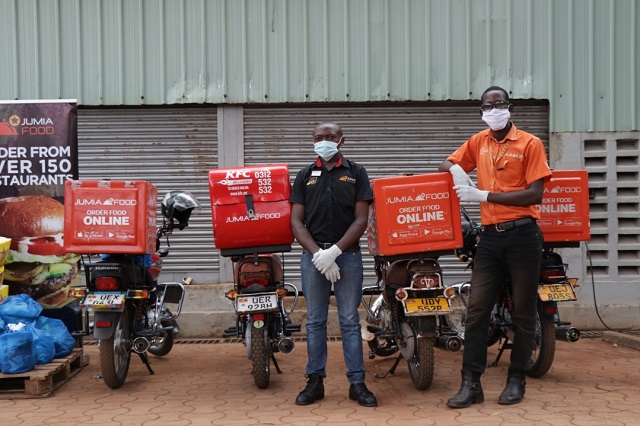Jumia Technologies, a leading announced that it will close its food delivery business, Jumia Food in Nigeria, Kenya, Uganda, Morocco, Tunisia, Algeria and Ivory Coast because it is not profitable. In…
Why tech firms like Jumia struggle to make it in Africa but succeed in India or US


